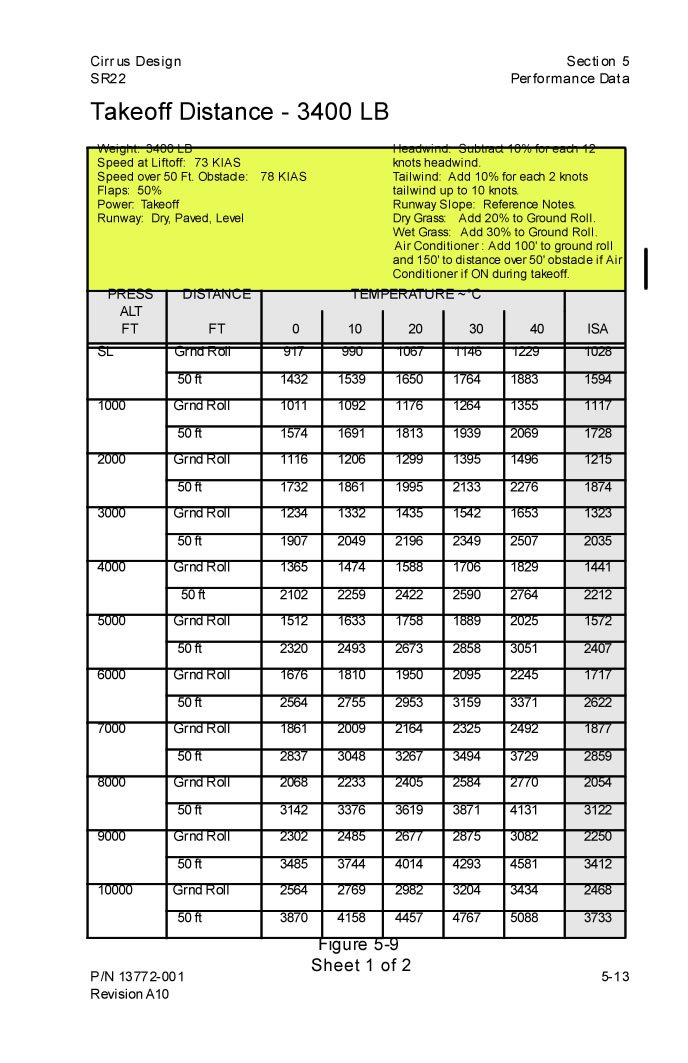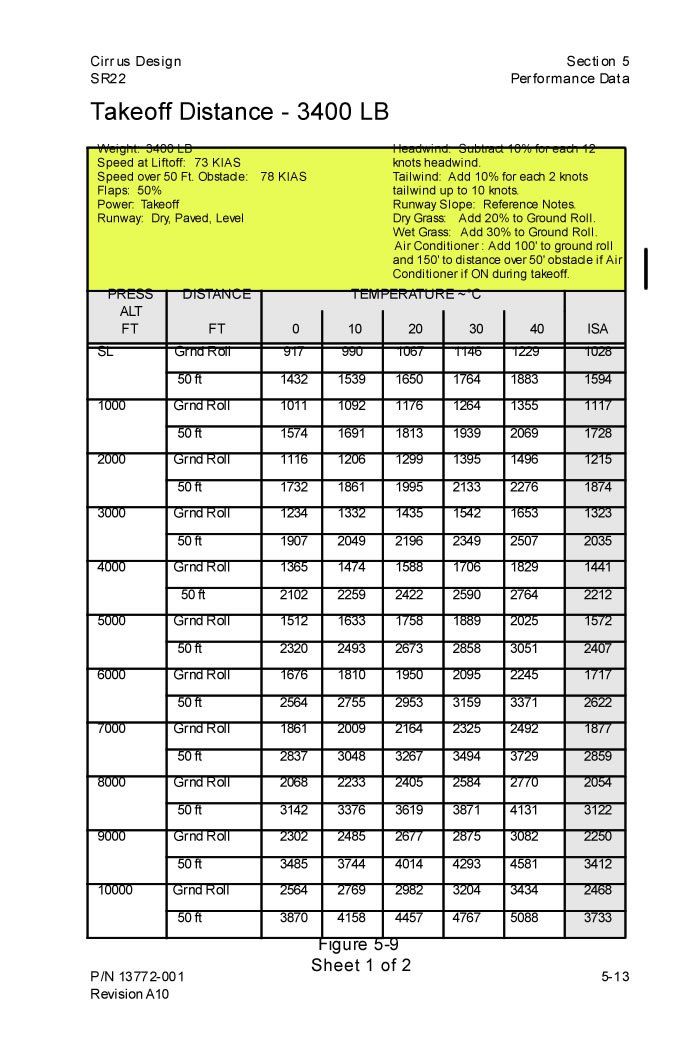An instrument takeoff is just like any other takeoff, except when it isn’t. The self-imposed pressures of a clearance void time, a distant appointment or passenger expectations can mean we’ll ignore or minimize the importance of ensuring the airplane is ready, even when we need to the most. Some common problems are discussed below.

Gross Weight
It’s a choice made by the pilot. When a 10-percent increase in weight increases the distance over an obstacle by 21 percent, it’s worth a pilot’s undivided attention and respect.
Intersection Takeoffs
Do you really want to make one? It’s interesting how often an accident report mentions the pilot initiated takeoff from a runway intersection. Are there other shortcuts the pilot is willing to take that cut into the margins on clearing that obstacle or ensuring the airplane is ready?
Predicted Performance
Does the manual say the airplane will clear an obstacle in the available distance? If not, attempting to take off is stupid and may be criminal. Over some years of involvement in aviation lawsuits regarding takeoff performance, I’ve found that a properly maintained airplane will usually meet book takeoff performance, but it truly has to be properly maintained. The engine has to be developing full rated power; the prop has to be in good shape, the tires properly inflated and the brakes not dragging. A lot of people recommend a margin above the book performance numbers for deciding on whether to make a takeoff—I think they’re right.
Dragging Brake(s)/Low Tires
Keep track of how much power it takes to taxi at your normal speed on flat, dry pavement in light winds. For most airplanes, it will run on the order of 1000 rpm. If the power needed goes up by about 200 rpm, find out why before making a takeoff.
Proper Acceleration On Takeoff
Here’s the big one. There is a good decision parameter on continuing a takeoff: The airplane will break ground in the available runway length if, by the halfway point of the runway, it has reached 71-percent of the published speed at which the nose is to be raised on takeoff. If the manual says to raise the nose at 60 KIAS, then it’s necessary to have at least 42 KIAS at midfield. If not, it should be an automatic abort. This go/no-go parameter does not guarantee obstacle clearance; it just gives information regarding getting off the ground in the available runway.
Controls
Locked or jammed controls or badly mis-set trim have caused some nasty accidents. The parameter is that when you go to raise the nose on takeoff, if the control wheel does not physically move aft when normal or slightly more than normal pressure is applied—and the nose does not start coming up—abort the takeoff. You may run off the end of the runway, but that is almost invariably better than trying to continue at high power.




